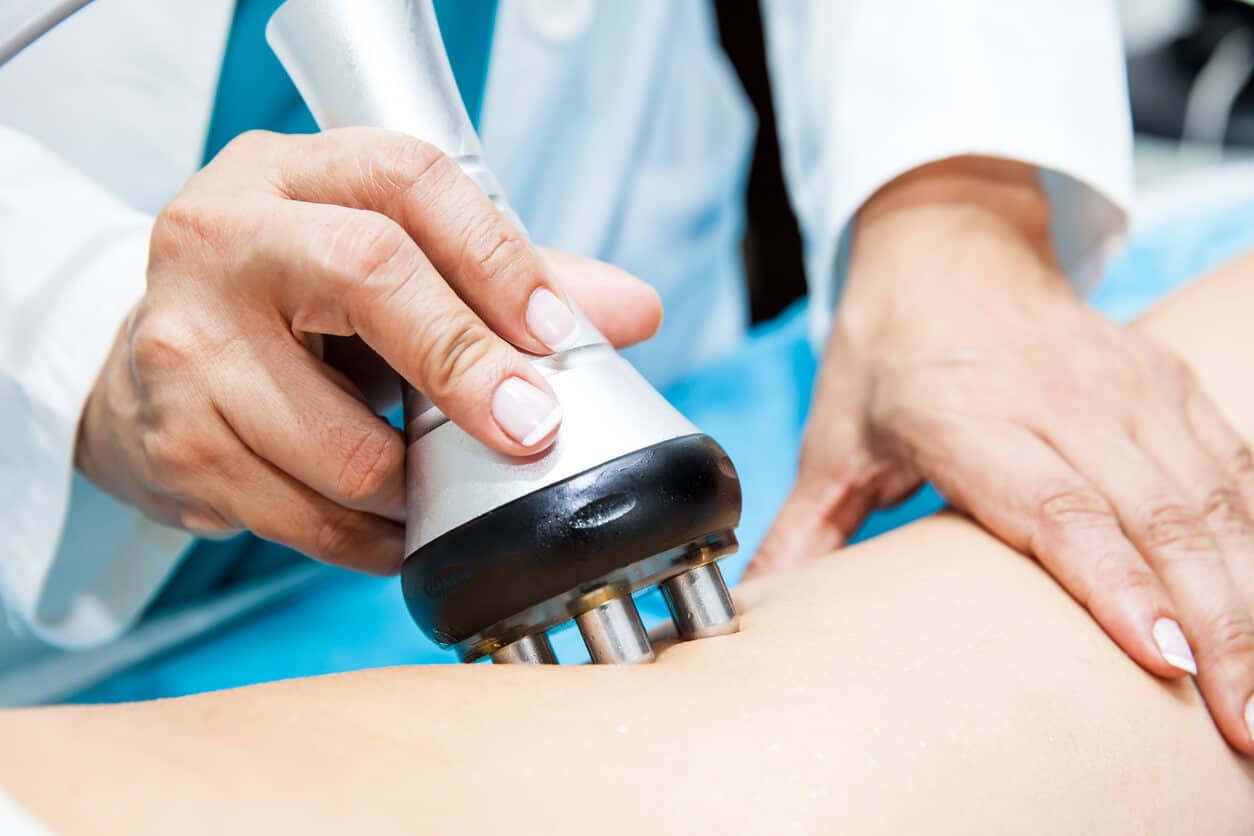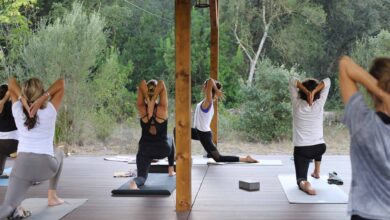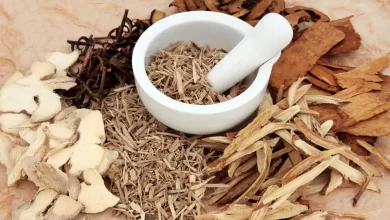
Common Non-Surgical Orthopedic Treatments
Orthopedic conditions are a common cause of mobility issues globally. They usually affect the bones, joints and muscles leading to mobility challenges. Your doctor will likely recommend surgery to manage an orthopedic condition, but sometimes, non-surgical orthopedic procedures may be viable. For this reason, most patients seek a second opinion from an orthopedic specialist before undergoing major surgery. Doing this helps gather additional information about alternative treatment options available.
Here are the common non-surgical orthopedic options that you should know:
1. Physical occupational therapy
Physical and occupational therapy combines various elements of physical therapy to help patients suffering from injuries regain their physical functions and better mobility. Physical therapy addresses movement issues and pain management. It’s a great way to enhance mobility, strength and balance to prevent further injuries.
Physical occupational therapy includes exercises to stretch and strengthen the muscles, and massage for better joint mobilization. A Second Opinion Orthopedic Doctor may recommend occupational therapy to improve fine motor skills and cognitive functions before considering surgery.
2. Medications
Medications are commonly used in orthopedic treatment and help repair joint injuries and wounds. These include anti-inflammatories and topical medications to ease pain and swelling.
3. Biologics and injections
Biologics and injections are common treatment options for patients suffering from muscle and joint conditions. They are excellent ways to manage pain and promote joint functions. These alternative treatments are common for addressing tendon injuries, ligament injuries, and other musculoskeletal conditions.
Example include;
- Corticosteroid injections featuring anti-inflammatory medications inserted into the joint to relieve pain and inflammation.
- Platelet rich plasma (PRP)- The procedure uses the patient’s platelets from their blood and encourages natural healing, minimizing the need for surgery. It’s mostly used in tendon and ligament injuries.
- Bone marrow aspirate concentrate (BMAC)-This is derived from a patient’s bone marrow, and is most suitable for treatment of joint cartilage damage.It promotes tissue degeneration, though it’s more invasive than other injections.
4.Orthotics
Orthotics is the use of devices, commonly splints and braces, to correct injury. They are often customized to fit in a patient’s shoe for enhanced support and better mobility. Orthotics are useful for addressing conditions such as flat feet and common musculoskeletal issues affecting posture and movement. Orthotics help pain and improve walking, preventing further injury.
When to seek a second opinion
With the many treatment options available, it’s wise to seek a second opinion. Here are scenarios when you may need to consult a second opinion from an orthopedic doctor;
- Uncertain diagnosis: When your diagnosis is unclear, or you are dissatisfied with the doctor’s explanation.
- Surgical recommendations- When your doctor recommends a complex surgical procedure
- No improvement: If you are under treatment and not getting significant improvement, you may seek an alternative treatment option.
- Side effects and treatment risks: You may be concerned about certain side effects or treatment risks, and a specialist can help.
Conclusion
Many orthopedic treatments are available, offering various options to suit your treatment plan. However, it’s best to consult another healthcare provider to gather adequate information about your diagnosis. This way, you can make a more informed choice on the best treatment plan.



